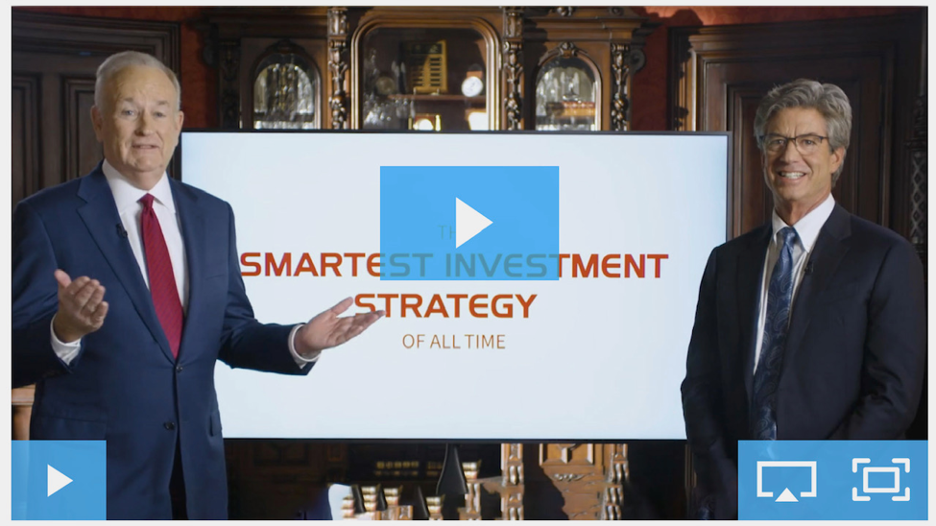For example, he bought a half-million shares in January 2009, when the financial crisis was in full swing and bank stocks were getting brutalized.
His timing wasn't perfect. (It would be two more months before the market hit rock bottom.) But it was darn good, with shares bought as low as $22.93.
In July 2012, he bought another half-million shares, right after the stock got hammered by the London Whale trading debacle that resulted in a $6 billion loss at the bank.
And he purchased another half-million shares in January 2016 after markets tumbled on an oil price meltdown and fears that China's economy was coming in for a hard landing.
In all, he spent $55 million to buy shares between $22.93 and $53.18.
Even after the dramatic sell-off in bank stocks this year, JPMorgan is substantially higher.
Dimon has not purchased shares of the bank lately. (He's been recovering from heart surgery.) But plenty of other insiders at other companies have been loading up.
Think back to the second half of March when the market was in a full-blown meltdown.
Pundits argued back and forth about how much further the market might fall.
But corporate insiders did something entirely different. They used the market crash to make seven-figure purchases of their own companies' shares.
In the days just before and after the March 23 bottom, for instance, Hadi Partovi -a director at Axon Enterprise (Nasdaq: AAXN) - paid $55.47 a share. As I write, it is 51% higher. Stuart Grant, an insider at Eyenovia (Nasdaq: EYEN), purchased over 900,000 shares at $2.06. As I write, the stock is 81% higher.
Amerco (Nasdaq: UHAL) officer Edward Shoen purchased 9,600 shares at $225.41. As I write, the stock is 51 points higher.
Insider Clifford Sosin purchased more than 200,000 shares of Cardlytics (Nasdaq: CDLX) for as little as $30.90. As I write, it is 83% higher.
Directors David Goeddel and Peter Svennilson each bought over 170,000 shares of NGM Biopharmaceuticals (Nasdaq: NGM) at $11.63. As I write, it is 94% higher.
And Michael Calbert, an AutoZone (NYSE: AZO) director, bought over a million dollars of the stock at $870. As I write, it is more than 150 points higher.
Do you see a pattern here?
(Bill O’Reilly and I discuss the power of this pattern – and three new stocks experiencing $100M-plus in combined insider buying, here.)
Don't get me wrong. No investor bats a thousand, regardless of his or her investment approach.
Growth stocks sometimes fail to grow. Value stocks can become - ahem - even better values. And so-called Dividend Aristocrats sometimes cut their dividends and see their share prices plunge.
But when the officers and directors who run a company buy millions of dollars' worth of their own companies' stock with their own money at current market prices,
it doesn't get much better than that.
If you're looking to improve your investment returns, ride the coattails of knowledgeable insiders, as Bill and I discuss more,
here.It's the best - and safest - way to gain a reliable edge.
Good investing,
Alex
P.S. If you want to learn more about this strategy, make sure you take a look at my latest project with Bill O'Reilly:
The Smartest Investment Strategy of All Time:
Trust me, you do not want to miss it. There, I detail the three hottest stocks where insiders just plowed in with a combined
$100-million-plus. I recommend you strongly consider adding
all three of these stocks to your portfolio today. Just
click here or the link below to watch now and get the details.
